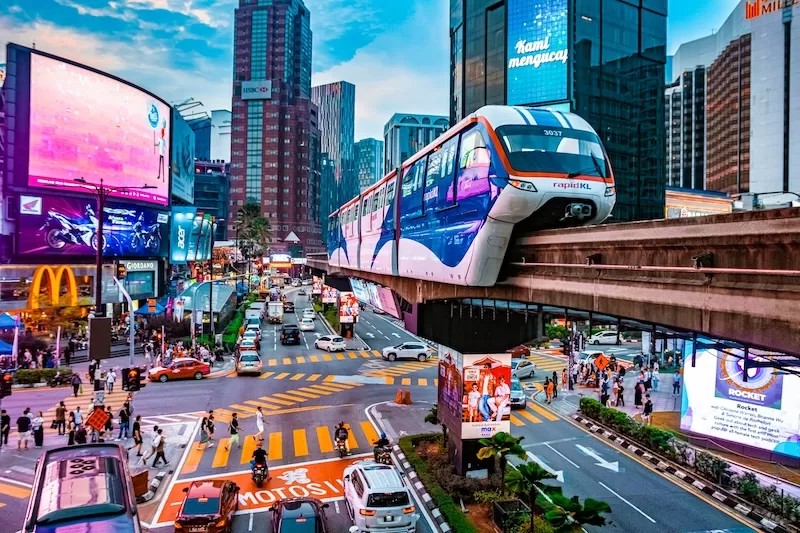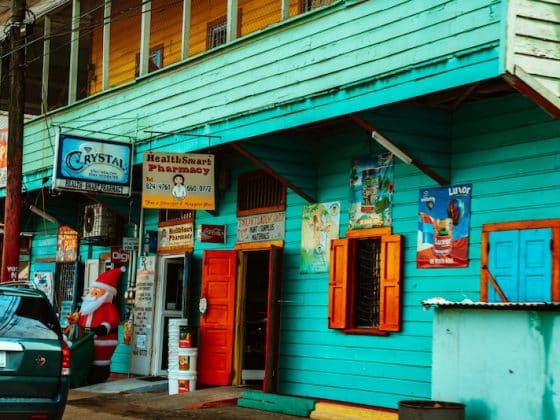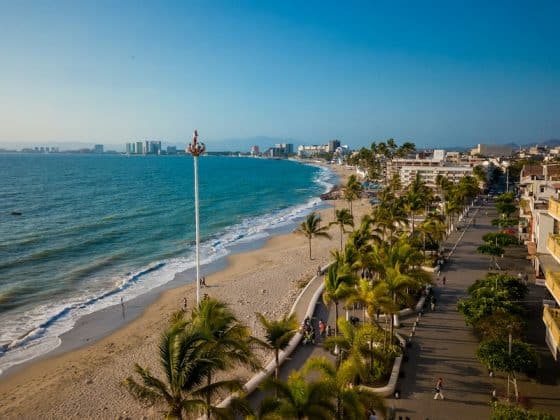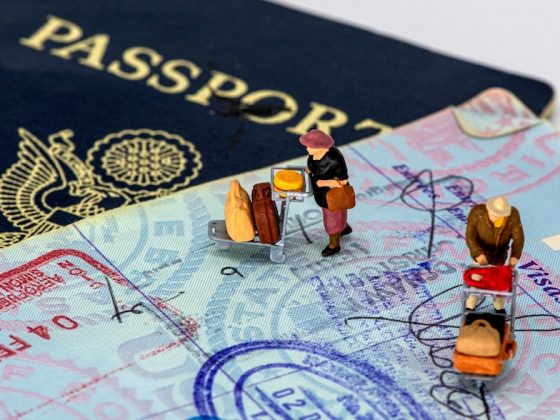Introduction
For many American retirees, the idea of relocating to a tropical, lower-cost country with good healthcare and modern amenities is very appealing. The US retiree Malaysia MM2H visa offers precisely that opportunity: a structured, long-stay visa designed to welcome foreign retirees into Malaysia as long-term residents. But navigating the eligibility, deposit rules, property requirements, and changing regulations can feel like a labyrinth. In this comprehensive guide, you’ll discover exactly what a US retiree must know to apply, qualify, and thrive under the MM2H Visa program in 2025.
Let’s turn that dream of Malaysian retirement into a practical roadmap.
What Is the MM2H Visa?
History & Purpose
The Malaysia My Second Home (MM2H) visa was launched in 2002 as a long-stay visa scheme aimed at attracting foreign retirees, investors, and expatriates. Over the years, it has evolved in response to policy changes, economic pressures, and global mobility trends.
As of 2024–2025, the program was revamped with new tiers, updated financial obligations, and property requirements. The updated version is sometimes called “eMM2H” in government and immigration updates.
Recent Changes (2024–2025)
In June 2024, Malaysia’s government introduced sweeping changes to the MM2H visa system. Among them:
- The minimum age requirement was lowered from 35 to 25 years old.
- The previous requirement of RM 1.5 million in liquid assets and RM 40,000 monthly offshore income was removed in some cases under the new framework, replaced by tiered deposit/investment options.
- The program now has Silver, Gold, and Platinum tiers with differing terms (5- to 20-year renewable visa lengths).
- A property purchase requirement now exists: visa holders must acquire real estate matching a tier threshold.
- In 2024 alone, the revamped program approved 782 applicants, generating over US$100 million in deposits and real estate investments.
- As of May 2025, there were about 57,608 active holders (28,312 principal, 29,296 dependents).
These changes reflect Malaysia’s attempt to balance openness to retirees with safeguarding the local property market and revenue inflows.
Why US Retirees Choose Malaysia
Cost of Living & Lifestyle
Malaysia offers a relatively low cost of living compared to the US. Many retirees report monthly expenses (including rent, utilities, food, transport) between USD $2,800 and $3,100 in places like Penang, and that includes rent for a high-rise apartment with sea views, utilities, dining out several times a week, and the occasional weekend getaway to Langkawi or Borneo. Groceries and local markets stretch the dollar even further. Fresh mangoes, avocados, seafood, everything feels accessible again. Retirees who spent decades budgeting in the U.S. are often shocked by how much “room to breathe” Malaysia’s affordability gives them. In comparison, a modest standard of living in many parts of the U.S. can cost several thousand dollars more, especially with healthcare costs and property taxes. Malaysia can help you reclaim quality of life: a cleaner home, a helper if you want one, time for hobbies, and freedom from financial anxiety.
Read more like this America’s Second Passport Fever
Culture & Connection
What often surprises new arrivals isn’t just how easy Malaysia is to navigate, it’s how alive it feels. The country’s heartbeat is a blend of Malay, Chinese, Indian, and Indigenous cultures that coexist in everyday life, not as background, but as a living mosaic. Festivals overlap, cuisines intertwine, and it’s perfectly normal to spend a single day eating nasi lemak for breakfast, dim sum for lunch, and banana leaf curry for dinner.
For U.S. retirees, that variety becomes a source of connection. Locals are famously warm and curious, and English often bridges conversations that begin over shared food or neighborhood markets. You’re never just watching from the sidelines. Malaysia has a way of folding you in.
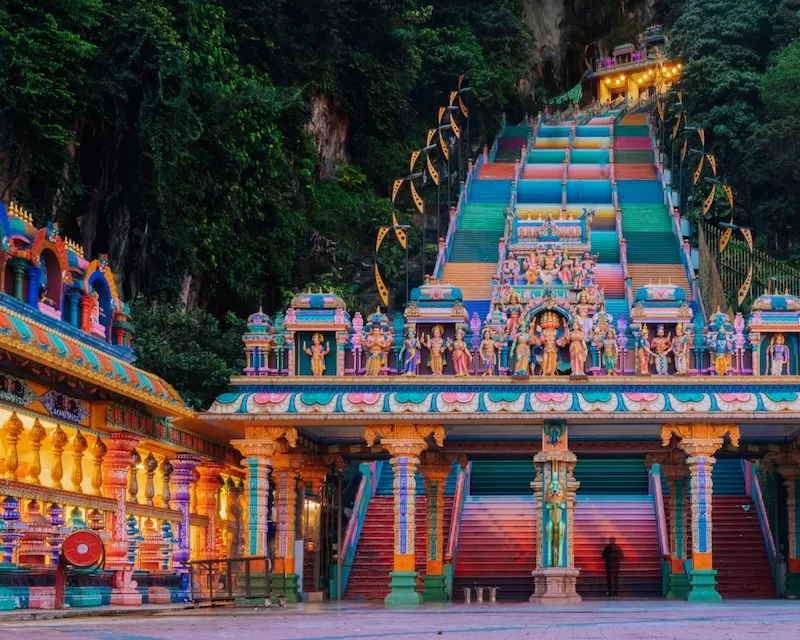
Healthcare & Safety
In retirement, good healthcare stops being a luxury and becomes the cornerstone of peace of mind. Malaysia quietly boasts one of the best private healthcare systems in Asia: modern, efficient, and, crucially, English-speaking. In Kuala Lumpur, you can walk into a private hospital like Gleneagles or Prince Court, get a same-day consultation with a specialist, and still pay less than the co-pay of a U.S. insurance plan.
Malaysia’s healthcare system has been ranked among the best in the region, and the International Living Global Retirement Index consistently lists it in the top tier for affordability and quality. Hospitals are accredited by global bodies, and medical tourism is thriving: many Australians and Americans even fly in for elective procedures.
As for safety, Malaysia’s crime rates remain moderate and comparable to or lower than most major U.S. cities. Residential communities, particularly those favored by MM2H retirees, offer gated security and tight-knit expat circles that make settling in feel effortless.
English, Infrastructure & Climate
One of Malaysia’s superpowers is how seamlessly English fits into everyday life. Street signs, official documents, restaurant menus: all bilingual. Locals switch between English, Malay, and Chinese with ease, which makes navigating daily errands surprisingly frictionless for American retirees.
Infrastructure is another strong suit: shiny airports, reliable internet, clean public transportation, and an ever-expanding network of highways that make weekend trips across the peninsula easy. You can fly to Bangkok, Bali, or Singapore in under two hours, often for less than a domestic U.S. flight.
The climate is warm and tropical, but it’s also consistent: no snow shovels, no icy commutes, no winter blues. Mornings come bright and humid, afternoons thunder and cool, and evenings stretch out under orange skies. Many retirees find that the rhythm of life itself slows down: meals linger longer, conversations feel unhurried, and the line between weekdays and weekends starts to blur.
If retirement in the U.S. feels like keeping your foot on the brake (always calculating costs, doctor visits, maintenance) then retiring in Malaysia under the MM2H visa feels like shifting into cruise control. You’re still moving forward, but finally, you can enjoy the scenery.
Eligibility & Requirements for US Retirees
Age, Health & Character
- Under the new rules, the minimum age for MM2H is 25 years.
- Applicants must pass a medical check and provide health insurance (especially if under 60).
- A clean police or criminal record is required from home country and any country of residence.
Financial Requirements: Assets, Fixed Deposit, Income
Instead of the older requirement of RM 1.5 million in liquid assets and RM 40,000 monthly income, the new rules propose tiered deposit structures:
- Silver Tier: USD 150,000 (approx. MYR 650,000) deposit, 5-year visa.
- Gold Tier: USD 500,000 deposit, 15-year visa.
- Platinum Tier: USD 1,000,000 deposit, 20-year visa.
Part of this deposit may be used (after a period) for property purchase, education, or medical expenses, but a minimum balance must remain. In many cases, no separate proof of offshore income is mandated.
Read more like this The Top Expat Destinations 20 Years From Now
Property Purchase Obligation
Under the revised scheme, visa holders must purchase real estate that meets a minimum value corresponding to the visa tier. For instance, Platinum applicants might be required to acquire properties over RM 2 million, while Gold might require RM 1 million. This property must typically remain under lock-in for a window of years, with limitations on resale while holding the visa.
Dependents (Spouse, Children, Parents)
Applicants can bring:
- A spouse;
- Unmarried children under 21 years;
- Parents over 60 (in some cases).
Dependents must meet health and character criteria. Application documentation must include relationship proof (marriage, birth certificates).
Application Process, Timeline & Steps
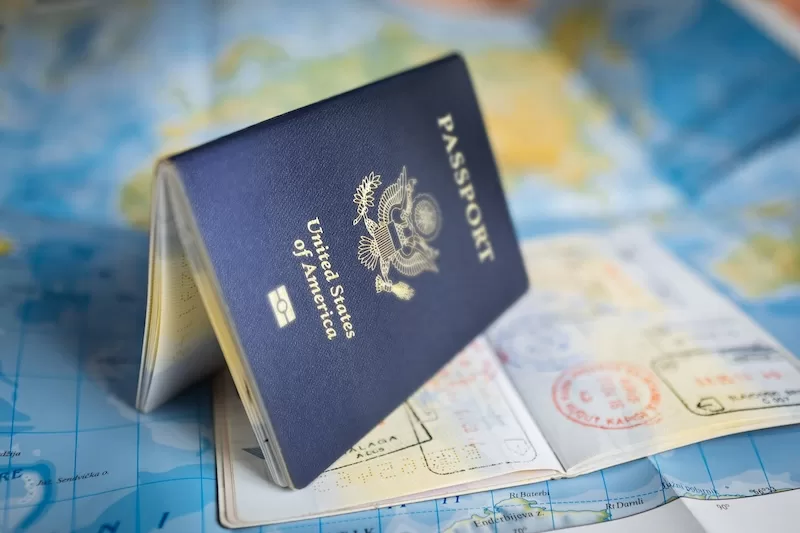
Pre-application: Agent vs DIY
You may apply via a licensed MM2H operator (agent) or directly yourself. Licensed agents help with document preparation and liaison with immigration. Ensure your agent is on the government’s official list to avoid scams.
Submission & Conditional Approval
You submit:
- Application form (Imm.12 / IM.12 etc.)
- Passports, photos, relationship documents
- Medical reports, police records
- Proof of deposit, assets or property purchase plan
The immigration / MM2H center reviews and issues a conditional approval letter.
Deposit / Investment & Final Documentation
After conditional approval:
- Execute the fixed deposit / investment in a Malaysian bank
- Finalize property purchase (if required)
- Submit proof of deposit, property title, insurance
- Immigration endorses the visa label in your passport. m
Entry & Visa Activation
You travel to Malaysia, present your conditional approval and visa endorsement, and your MM2H visa becomes active. Thereafter, you may move in under the status of a long-stay resident.
Renewal & Extension
The MM2H visa is renewable. In older versions, it was 10 years; under the new scheme, it depends on tier (5 to 20 years). You must maintain required deposit and meet conditions (such as minimum stay) to extend.
Benefits, Drawbacks & Comparative Analysis
Pros
- Long-term stability: up to 20 years renewal under new scheme.
- Ability to hold property, import household items tax-free, bring dependents.
- Foreign-source income (e.g. U.S. pensions) generally not taxed in Malaysia.
- Access to Malaysia’s infrastructure, healthcare, and strategic location in SE Asia.
- More flexibility in travel (multi-entry permission).
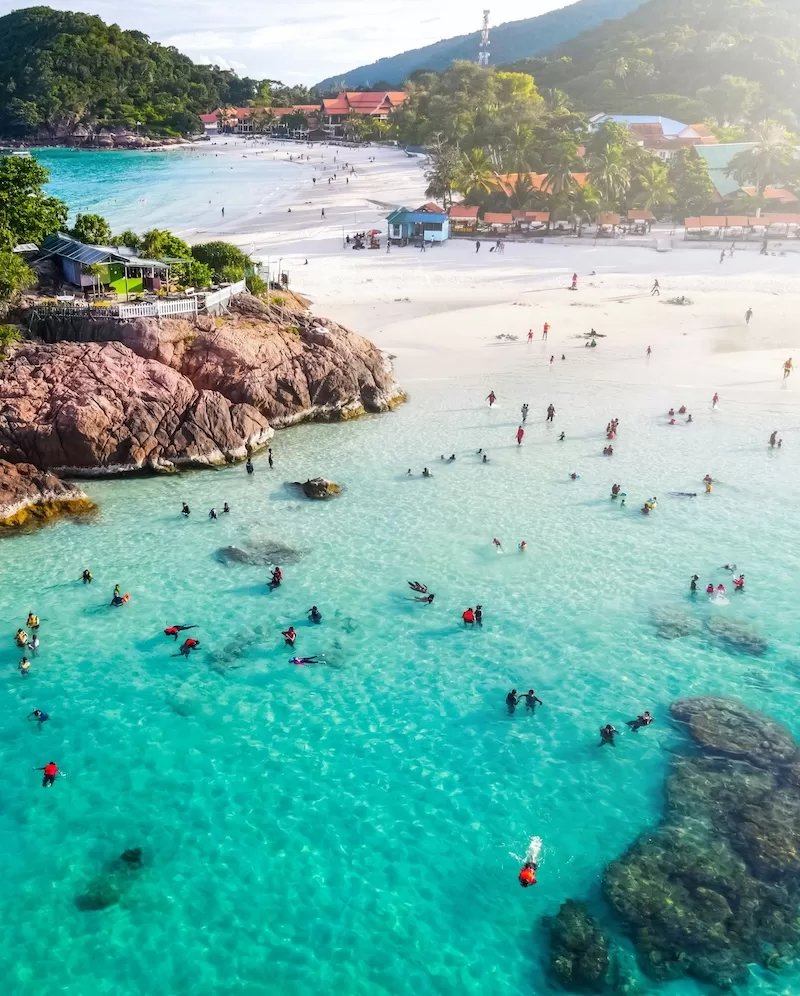
Cons & Tradeoffs
- No full work rights: part-time work (up to 20 hours weekly) may be allowed subject to approval (mainly for over-50s).
- Property lock-in periods: resale restrictions may apply during visa validity.
- Minimum stay requirement: around 90 days per year cumulative.
- Upfront deposit risk: large sums locked in deposit or tied to property.
- The program’s frequent policy changes and uncertainty can affect long-term planning.
Comparative Highlights
Compared to Thailand’s retirement visa or Panama’s pensionado visa:
- MM2H offers more access to real estate investment but stricter deposit rules.
- Thailand’s retirement visa often has lower financial hurdles but shorter validity and more frequent renewals.
- Panama provides favorable taxation on foreign income, but infrastructure and service levels differ.
In analogy: the MM2H visa is like leasing a luxurious apartment in a desirable city, but you must pay a big security deposit (fixed deposit + property) that you can’t fully tap, commit to staying a portion of the year, and accept that terms can change.
Real Numbers, Trends & Use Cases
Recent Approvals & Capital Flows
- In the first 6 months of the revamped program, 782 passes were approved, bringing in over US$100 million in deposits and real estate investments.
- By end-2024, total MM2H approvals since inception reached about 58,468.
- As of May 2025, 57,608 active holders, split ~28,312 principals and ~29,296 dependents.
- In just a four-month span (Sept 2024–Jan 2025), Chinese nationals comprised 53% of some 2,195 applications, with ~US$152.8 million generated in fixed deposits & real estate inflows.
- Since 2015, the program has approved 22,282 applications.
These numbers show steady demand and rising capital infusion into Malaysia’s economy from MM2H participants.
Case Study: U.S. Retiree in Penang
Take the example of an American couple, former college professors, who sold their California home and moved to Penang under MM2H. Monthly living costs (rent, utilities, food) average USD $2,800 to $3,060.
They opted for a minimalist lifestyle: renting a beachfront condo, foregoing car ownership, and engaging locally through community activities like Mahjong. Their freedom from major asset burden and lowered routine costs allowed them to travel frequently.
Read more like this The Best Expatriate Countries in 2025
This shows how the right planning and expectations can make the MM2H visa a viable retirement move.
FAQs on US Retiree Malaysia MM2H Visa
Q: How many times can I renew the MM2H visa?
A: Under the new structure, the visa is renewable for 5 to 20 years depending on your tier (Silver, Gold, Platinum). There is no fixed limit on renewals so long as you maintain the required deposit and comply with conditions.
A: Generally, foreign-source income, including U.S. pensions or Social Security, is not taxed in Malaysia under MM2H.
Q: Can I sell my property before the visa period ends?
A: Usually, there is a lock-in period, so sale may be restricted while your visa is in effect. You must maintain minimum deposit or meet conditions to retain the visa.
Q: What happens if I don’t meet the minimum 90-day stay per year?
A: Falling short of the stay requirement may jeopardize renewal or visa status. Always track entry/exit stamps and stay cumulative days above the minimum.
Q: Can I get a refund of my fixed deposit if I cancel the MM2H?
A: Yes, after termination you may recover your fixed deposit (minus any utilized portions, where applicable) subject to immigration procedures and conditions.
Finding Your Second Sunrise
Retirement is a relocation of rhythm, a chance to move the story forward somewhere warmer, easier, lighter on the wallet, and richer in days that feel lived.
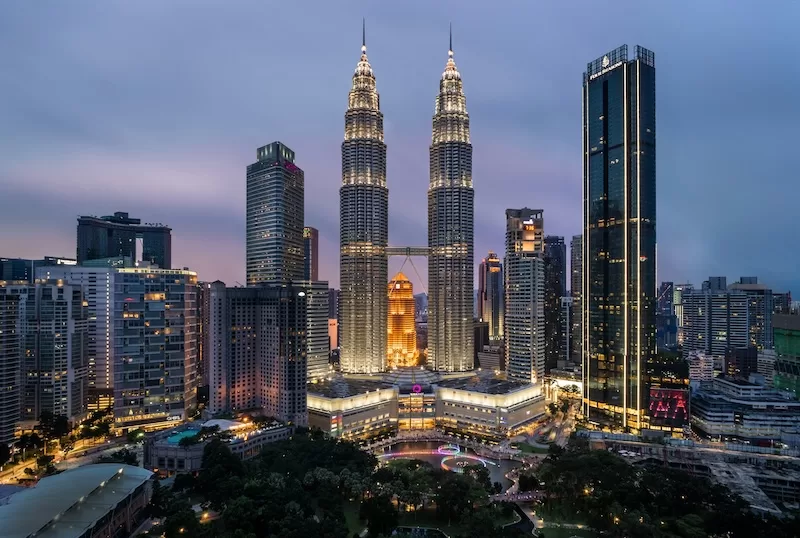
For a U.S. retiree seeking a tropical retirement with modern comforts, the US retiree Malaysia MM2H visa offers a compelling route. A route to slow down without stopping. To live where the ocean is close enough to smell in the mornings, where your healthcare is world-class, but your rent is half of what it used to be, and where conversations with neighbors flow in English over bowls of laksa and plates of tropical fruit.
Yes, the 2024–2025 program updates have raised the bar — deposits, property commitments, longer-term conditions — but for those who meet them, the rewards are lasting: stability, community, and a new chapter that costs less but feels worth more.
You’ve worked for years to afford time. This visa simply gives you the place to spend it.
